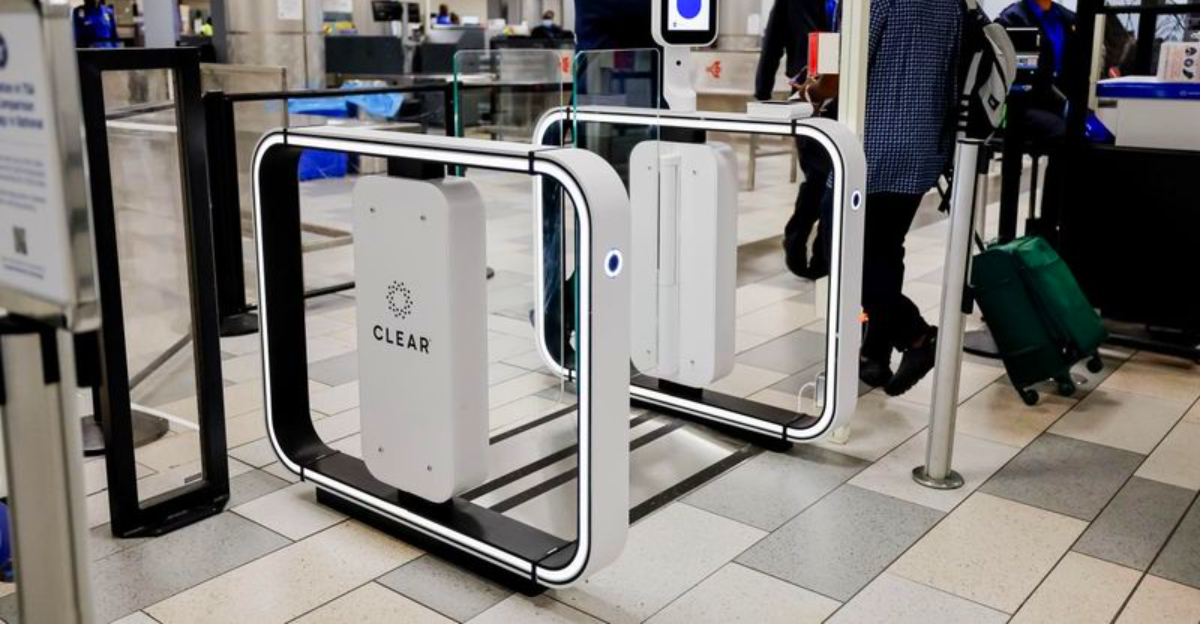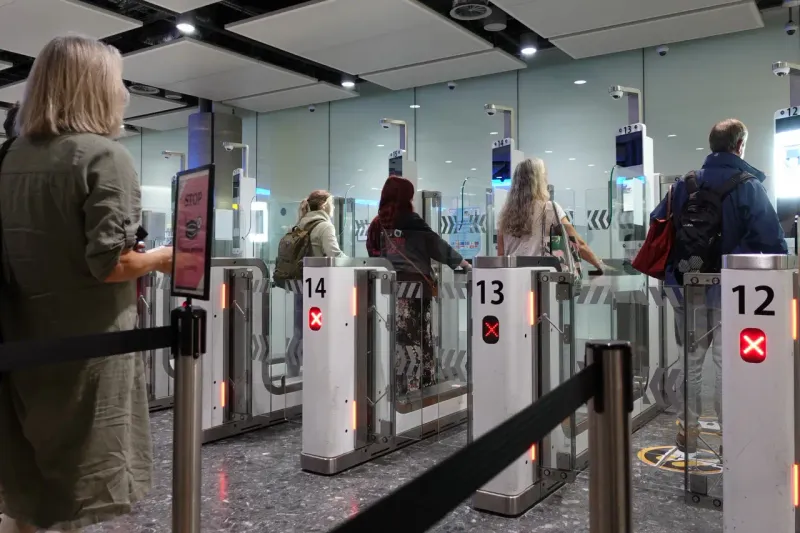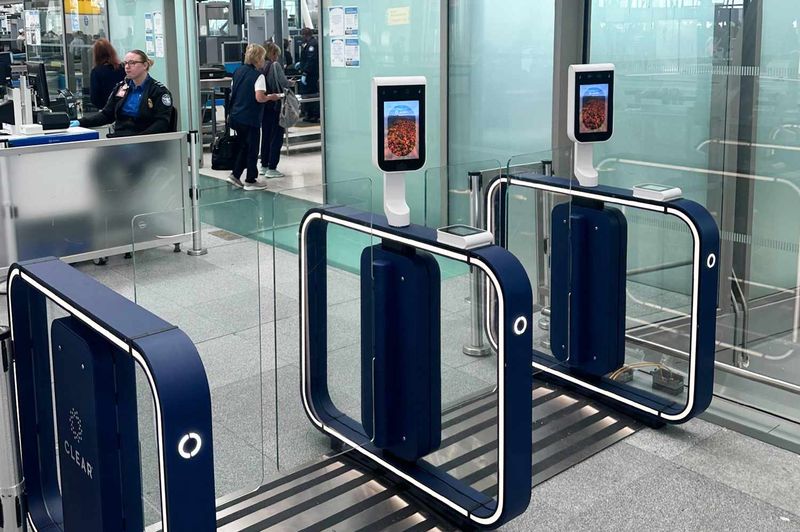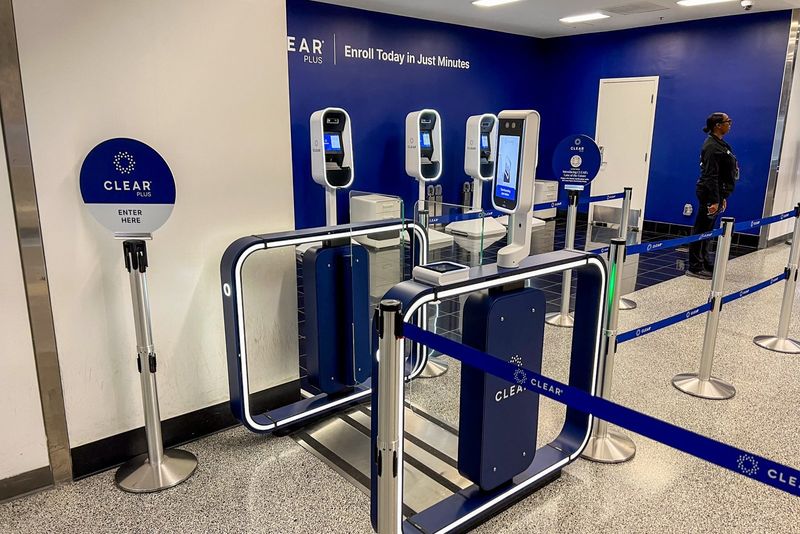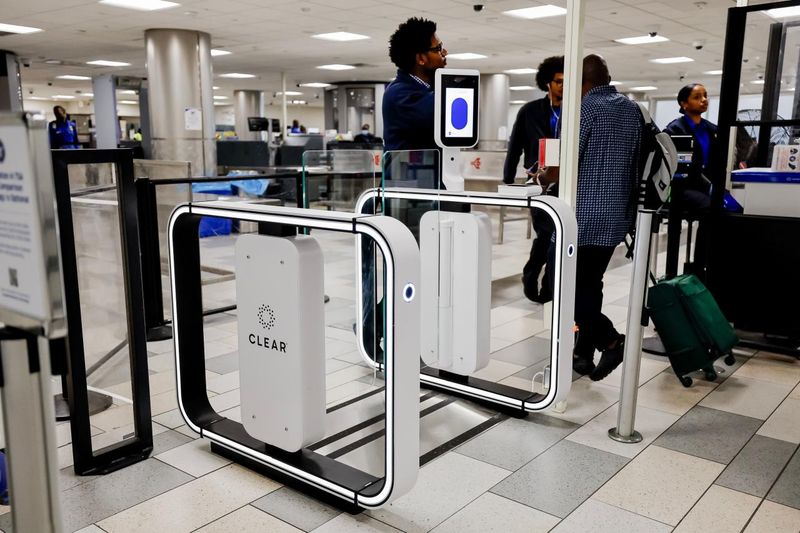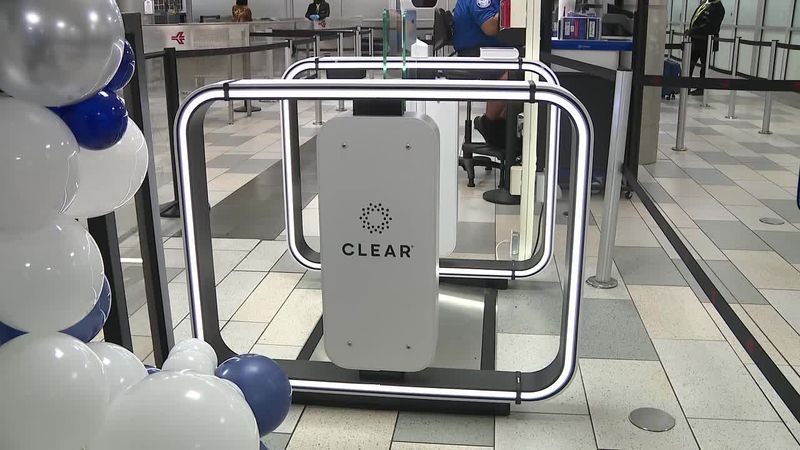Getting through airport security can feel like a marathon, especially during busy travel seasons. Long lines, slow ID checks, and crowded checkpoints can make even the most patient traveler grumpy. But the TSA is testing a new technology that could change everything: automated electronic gates, or eGates, that use facial recognition to verify your identity in seconds. These high-tech gates are already being tested at select airports, and they might just revolutionize how we travel.
1. What Are These eGates?
Imagine walking up to a security checkpoint and having a camera instantly recognize your face, match it to your ID, and wave you through—all without talking to anyone. That’s exactly what eGates do. These automated gates use advanced facial recognition cameras to compare your live face with the photo on your government-issued ID and boarding pass.
Once the system confirms your identity, you’re cleared to move straight into the screening area where your bags and body get scanned. The whole process happens in seconds, cutting out the traditional step of handing your documents to a TSA officer at the podium.
TSA keeps full control over who gets through and monitors everything closely. Officers still oversee the process to make sure security stays tight while the technology speeds things up.
2. Where Are They Being Tested?
Right now, only three airports across the United States are testing these futuristic gates. Hartsfield-Jackson Atlanta International Airport, one of the busiest airports in the world, was the very first to launch the pilot program. Atlanta’s massive passenger volume makes it the perfect testing ground for new security technology.
Ronald Reagan Washington National Airport near the nation’s capital followed close behind. DCA’s location and high number of business travelers make it an ideal spot to see how eGates handle different types of passengers.
Seattle-Tacoma International Airport rounds out the trio of test sites. SEA serves millions of travelers heading to the Pacific Northwest and beyond, providing valuable data on how the gates perform in various travel scenarios.
3. Who Can Use Them?
Not everyone can breeze through these fancy gates just yet. Currently, only travelers who pay for CLEAR+ membership get access to the eGates. CLEAR is a private company that offers expedited identity verification services for an annual fee of around $209.
The system is completely opt-in, meaning you have to enroll and specifically agree to use biometric verification. Nobody’s forcing facial recognition on travelers who aren’t comfortable with it.
Certain people can’t use the gates at all, even with a CLEAR membership. Minors under 18 and anyone who chooses to opt out of biometric scanning will need to go through traditional security checkpoints instead.
4. How Fast Is It?
Speed is where these eGates really shine. The entire identity verification process takes just three to six seconds from start to finish. Blink twice and you’re already through!
Compare that to traditional manual ID checks, where a TSA officer has to examine your documents, look at your face, ask questions, and manually approve you. During peak travel times like holidays or summer vacation season, those manual checks can create massive bottlenecks that leave hundreds of people waiting in serpentine lines.
The time savings might seem small for one person, but multiply those seconds across thousands of daily travelers. The efficiency gains become huge, potentially cutting average security wait times significantly.
5. Why Now? What’s the Purpose?
Timing matters, and the TSA isn’t rolling out this technology randomly. America is gearing up for some massive events in 2026, including the FIFA World Cup and the nation’s 250th birthday celebration. Both events will bring millions of extra travelers flooding through U.S. airports.
This pilot program represents a public-private partnership where CLEAR funds the implementation while TSA maintains complete control over security decisions and access. It’s a win-win arrangement that speeds up innovation without burdening taxpayers.
The ultimate goal goes beyond just speed. TSA wants to eliminate bottlenecks, create smoother passenger experiences, and free up officers to focus on more critical security tasks rather than checking IDs all day long.
